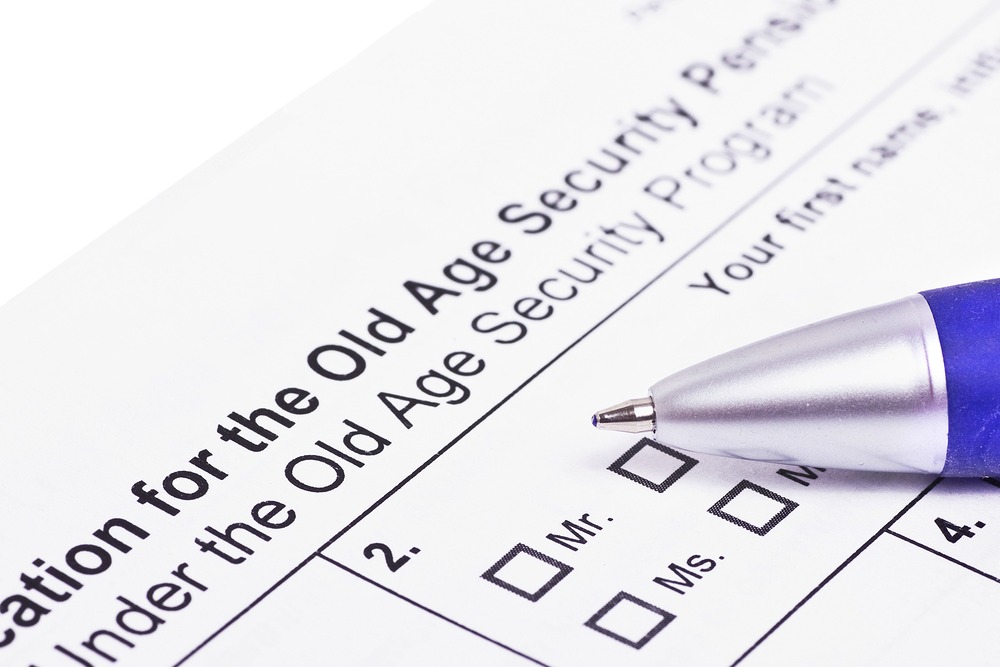The article “When Not To Apply For OAS” was original published on MoneySense on January 17, 2017.
Depending on your income, an OAS application could be a huge mistake.
Q: I retired early at 60 and I am now 65. I opted to collect my CPP at 60. Now at 65, I am collecting my Old Age pension as well. I am working casually and still contributing to CPP.
Is it beneficial for me to continue contributing to CPP even though I am past 65?
My income from being employed plus my CPP and OAS is $80,000 plus.
—Aurea
A: Canada Pension Plan (CPP) and Old Age Security (OAS) planning can be important once you are approaching or into your 60s. For some retirees, CPP and OAS represent a fairly significant portion of their retirement income.
It sounds like you started your CPP pension in 2011, Aurea, before the latest round of CPP changes. Up until 2012, the CPP reduction was only 0.5% per month before 65, meaning a 30% reduction when you applied at 60. As of 2017, the reduction is 0.6% per month or 36% at 60. You snuck in just before the early CPP penalty became more punitive. The changes were made because it used to be too advantageous to start CPP early.
If you’re collecting CPP and still working before 65, you have to continue to make CPP contributions. When you’re collecting your pension and still working after 65, as you are Aurea, you can choose to stop contributing to CPP.
In this case, the contribution choice is yours. There are some factors to consider.
When you make further contributions once you’ve already started CPP, it boosts your pension entitlement thanks to something called a Post-Retirement Benefit (PRB). A PRB even increases your pension when you are already receiving the maximum.
Stopping your CPP contributions could be worth considering if you don’t expect to live a long life, Aurea. The reason is you need to live long enough to benefit from the increased monthly pension payments as opposed to just keeping the money you’d otherwise contribute today.
Another reason to consider opting out of ongoing CPP contributions is if you have a reasonably high investment risk tolerance. You may be able to “invest” the money better on your own and therefore create a higher retirement income than the “return” you’ll otherwise get from CPP in this case.
If you’re self-employed, opting out of CPP contributions post-65 could be a good idea because you have to make both the employee and employer contributions to the CPP. In other words, it “costs” you twice as much if you’re self-employed to keep on contributing. Employed pensioners have their employer contributions made by their employer.
Your recent OAS application may have been a mistake in retrospect, Aurea. Your $80,000+ income could be exposing you to a clawback of your OAS pension. Keep in mind you can delay your OAS application after age 65, a change made in the 2012 federal budget. The increase in your pension will be 0.6% for each month up to age 70.
In 2017, to the extent your income exceeds $74,789, you will lose 15 cents of every dollar of your OAS. Income, for these purposes, is your net income on line 236 of your tax return.
Tax deductions like RRSP contributions are amongst the most common ways to reduce your net income and increase your OAS entitlement in a case like yours, Aurea. Your marginal tax rate – the tax paid on your last dollar of income – is likely between 44% and 53% depending on your province of residence. This is the range of marginal tax rates payable on $80,000 of taxable income plus a 15% OAS clawback.
So consider RRSP contributions to the extent you have RRSP room and available funds to make a contribution, Aurea. If you have no non-registered savings but you have a TFSA, you should consider TFSA withdrawals to make RRSP contributions while you’re in this OAS clawback position.
An RRSP loan may even be worth considering, particularly if you have no non-registered or TFSA savings. The interest rate for an RRSP loan is typically at prime and most banks currently offer a prime rate of 2.70%. That’s cheap money. If your income will drop considerably in the next couple of years post-retirement, your tax rate could drop 25% or more when you start taking those RRSP withdrawals.
I hope I’ve given you a couple of tips for your CPP contribution decision and to help you maximize your OAS pension, Aurea. I also hope your situation highlights the benefit for others to proactively plan ahead when it comes to CPP, OAS and retirement income. Retroactive planning usually isn’t an option.
Jason Heath is a fee-only, advice-only Certified Financial Planner (CFP) at Objective Financial Partners Inc. in Toronto, Ontario. He does not sell any financial products whatsoever.

